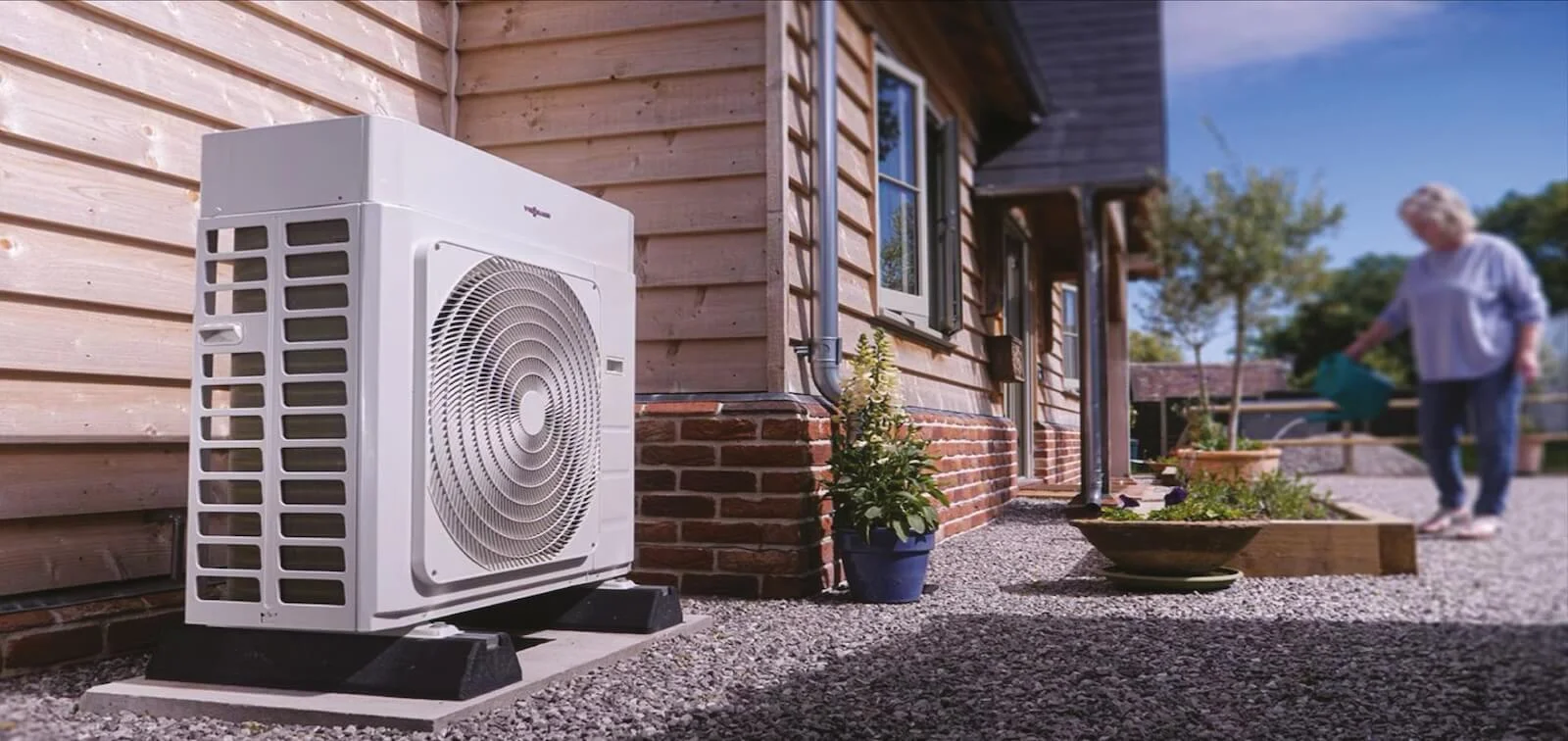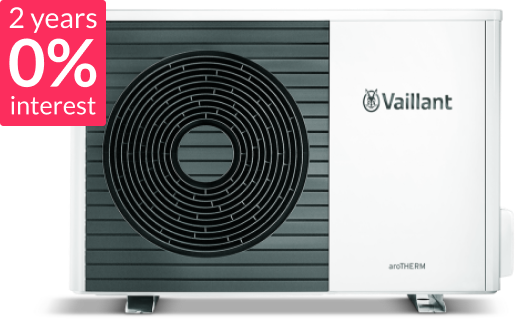Your basket is currently empty!

Efficient heating from green central
Heat Pump Installation Nationwide
Get a Heat Pump Installation
Up to £200 OFF when you get a free no-obligation quote.
By providing your details you agree to being contacted and your data being processed under the terms of our privacy policy.
Green Central Quality
Partners we work with






Start Your Project Today
Why Get an Air Source Heat Pump Installed?
Ready to transform your home into an eco-friendly haven while potentially lowering your bills. Imagine by installing an air source heat pump & having a heating system that not only keeps you cosy but can pay for itself over time while helping save the planet. I
With skyrocketing gas prices and a government grant waiting for you, there’s never been a better time to make the switch. Embrace efficiency, embrace savings, and embrace a greener lifestyle with an air source heat pump installed in your UK home today!.

IS an air source heat pump right for you?
Choosing a Heat Pump for Your Home
Read our quick guide on suitability and steps to take when getting a heat pump fitted
Outdoor Space Requirements
You’ll need an appropriate outdoor space for the external unit, which should be installed at least one meter away from the property boundary.
This unit needs good airflow around it, so avoid placing it in enclosed areas like tight corners or under eaves where air circulation could be impeded.
If space is limited, a flat roof might be considered, but the unit must be at least one meter from the roof edge.
Insulation & Your Home’s Age
Air source heat pumps work best in new and well-insulated homes. Check if your home’s insulation (walls, loft, and floors) is up to standard.
Poor insulation means the heat pump will have to work harder, reducing efficiency and increasing running costs. Upgrading insulation might be necessary to maximise the benefits of an ASHP.
Your Central Heating System & Distribution
ASHPs operate at lower temperatures than traditional gas boilers, so you might need to adjust your heating system.
This could involve installing larger radiators or underfloor heating systems to distribute heat effectively at these lower temperatures.
If your home currently uses a combi boiler, a hot water cylinder might be required for storing heated water, as ASHPs don’t provide instant hot water like combi boilers.
Installation Costs & Grants
Consider the upfront cost of air source heat pump installation, which can be quite significant, although mitigated by government grants like the Boiler Upgrade Scheme.
This scheme offers up to £7,500 towards the cost, but there might still be some financial outlay required.
Heat Pump Installation Nationwide
- Can reduce your bills
- Range of finance options
- £0 deposit required
- Nationwide fitting
- can be used with solar panels
- Up to 10 year warranties

our guarantees
Property Gas Boiler
vs Property with An Air Source Heat Pump
Property with a Gas Boiler
- Uses gas which emits CO2 from the boiler
- Not Environmentally friendly
- Shorter lifespan
- Increased risk of breakdowns
- Unstable gas prices
- uncertain future of gas boilers
Property with a new boiler
- Potential for reduced energy bills
- Low carbon heating option
- Latest tech for energy saving
- over 300% efficient
- Can last over 20 years
- Grants of up to £7,500 available
FREE DOWNLOAD
Powering Your Heat Pump with Solar
Did you know that you can power a heat pump with solar panels? As they run on electricity, you potentially lower your bills even more installing heat pump and solar panel system aswell.
Read more about solar here

Start Your Project Today
Save Money, and the Planet while You’re at It

Simple, clean energy: Cut your carbon footprint by powering your home with renewable solar energy

Cheaper electricity bills: Reduce your electricity costs by as much as 90%

Day and night: Add a battery storage to your solar panel system and use solar electricity even at night

FAQ
Read our Heat Pump FAQs
Please read the answers to the questions below.
Air Source Heat Pumps FAQs
How does a heat pump work?
A heat pump is a device that transfers heat from one place to another, either from outside to inside (heating) or vice versa (cooling). It uses electricity to move refrigerant through a cycle that captures heat from the air, ground, or water and then transfers this heat into your home or extracts it to cool your space.
Are heat pumps efficient in cold weather?
Yes, modern air source heat pumps are designed to work efficiently even when outdoor temperatures drop significantly. They can extract heat from the air down to temperatures as low as -20°C, though efficiency might decrease as it gets colder.
Can heat pumps provide both heating and cooling?
Yes, one of the significant advantages of heat pumps is their ability to serve as both a heating and cooling system. This dual functionality makes them versatile for year-round use.
Heat Pump Installation FAQs
How long does it take to install a heat pump?
The installation time can vary based on the complexity of the setup, but for a standard home, it can typically take from a day to two working days, not including any additional home modifications like radiator sizing or insulation upgrades.
What home modifications do I need to make if any?
Homes might need better insulation to prevent heat loss, which could involve wall, floor, or loft insulation. Additionally, you might need to change or upgrade radiators to larger ones that can operate efficiently with the lower flow temperatures provided by heat pumps, or consider underfloor heating. The electrical supply might also need upgrading to handle the load of a heat pump.
Do I need planning permission to install a heat pump?
In most cases, installing an air source heat pump is considered permitted development, so you won’t need planning permission if you meet certain conditions. However, if you live in a listed building or a conservation area, or if the heat pump exceeds 0.6 cubic meters in volume, you might need to apply for permission.

need help?
Heat Pump Experts. Local Installers
All of our installations are carried out by careful, caring, qualified engineers.
Start Your ASHp install today
Book your free ASHP quotation appointment
Schedule your free quotation appointment today and get expert advice tailored to your needs.
Our team will assess your home and provide a no-obligation quote for installing a heat pump. Start your journey toward energy savings and sustainability now!
Get a Quote
Up to £200 OFF when you get a free no-obligation quote.
By providing your details you agree to being contacted and your data being processed under the terms of our privacy policy.
our reviews
Read our Top Reviews
Read real reviews to see how we’ve helped homes save on energy costs while staying eco-friendly.

“10/10”
Recently had solar panels fitted by Green Central and I can’t speak highly enough of the team. The whole experience has been trouble free and would recommend them to anyone thinking about having solar panels installed – 10/10!
Rob Schofield

“Fantastic”
Fantastic customer service, they went above and beyond. Really efficient and professional service. Thoroughly recommend.
Andrew Hunter

“Quick”
Had a great service from Green Central. They answered all my questions and installation was really quick. Would highly recommend if you’re considering solar panels
Katy Smorthitt










